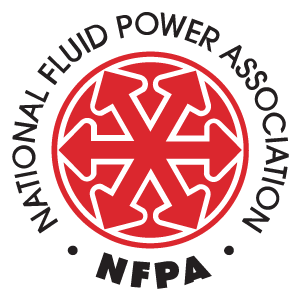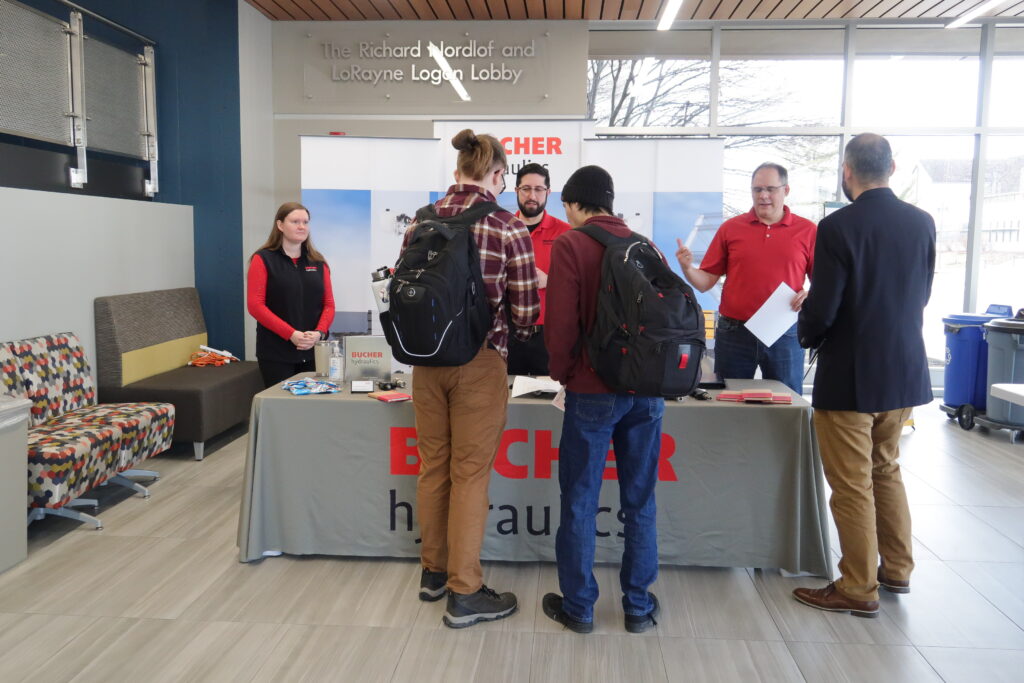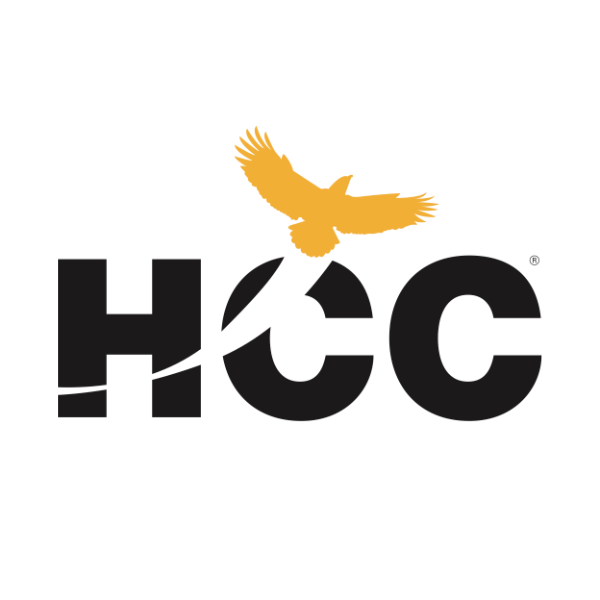
By Eric Lanke
NFPA President/CEO
The NFPA Board of Directors met the week of June 18, 2018 for its annual strategic retreat. There they reviewed the program successes NFPA achieved in its 2017-18 fiscal year. In this post, I would like to share with our membership some of those successes, especially those associated with NFPA’s fourth major objective: Helping to increase the number of technical college and university students educated in fluid power and connecting them to careers in the fluid power industry.
Tech School Pathway: We met all of our program goals in this area. We launched our first FAMTEN Hub school at Waukesha County Technical College and identified nearly a dozen others already offering a fluid power curriculum that makes them good candidates for future FAMTEN Hubs.
Our database of tech school education partners grew to 214 contacts at 88 schools, and through that network we were able to document 845 students (compared to a goal of 600) who have earned associates degrees, certificates, or diplomas from programs that meet or exceed the learning outcomes of IFPS fluid power specialist certification. By examining the graduation statistics of our tech school partners, we were able to document 21 students that were hired by NFPA members.
To help support a pathway into these tech school programs, we also continued our high school and middle school programs. A total of 10,832 students (compared to a goal of 6,200) participated in our various high school programs, including NFPA member involvement in National Manufacturing Day and students using fluid power as part of their FIRST or NRL robotics programs. A total of 3,892 students (compared to a goal of 3,800) participated in our various middle school programs, including Fluid Power Action Challenges held within schools or hosted by NFPA members.
Our goal of documenting the “pull” through this pathway – by measuring the number of tech school program participants who previously participated in high school programs, and the number of high school program participants who previously participated in middle schools – proved challenging. Retroactively polling one group to determine if they participated in the previous program resulted in only one tech school student who previously participated in one of our high school programs, and no high school students who previously participated in one of our middle school programs.
University Pathway: We met all of our program goals in this area. We offered another curriculum grant to help build more fluid power education in undergraduate mechanical engineering programs, and hosted our second Fluid Power Vehicle Challenge, with 12 universities (compared to 9 last year) participating.
Our database of university education partners grew to 308 contacts at 74 schools, and through that network we were able to document 7,162 students (compared to a goal of 6,500) who had received instruction in fluid power. At the time of this writing, we are examining the graduation statistics of our university partners, and will use that information to determine and set a baseline for the number of these students hired by NFPA members.
We also worked with the University Education Committee to define the specific competencies that undergraduate engineers should possess in order to be attractive hires for NFPA member companies. We will use these competencies to refine our metrics of success and to help our university partners develop better fluid power education modules.
All of these opportunities are supported by the NFPA Foundation which continuously strives to introduce fluid power education to students at all age levels and ultimately connect them to careers within the industry. If you are interested in getting more involved with our educational programs, becoming a member of the Pascal Society will allow your company to become more engaged with students and our educational partners. For more information, please contact me at elanke@nfpa.com or (414) 778-3351.
Like this post? Share it!
Recent Posts
Fall 2024 Fluid Power Recruitment Event with NIU
RSVP for our Fall 2024 Fluid Power Recruitment Event with Northern Illinois University (NIU). NIU is one of seven universities recognized as a Power Partner, teaching fluid power competencies and engaging in all NFPA educational programs. At this event, your company will have the opportunity to connect directly with NIU engineering students. Engaging in meaningful conversations,…
Now Announcing: Cuyahoga Community College as a Fast Track Hub in Ohio
NFPA’s Fast Track to Fluid Power is a workforce development pathway that partners local technical colleges with fluid power industry members and high school teachers. These networks create awareness and interest in fluid power and train students along a path that leads to careers in fluid power at NFPA member companies. We are pleased to…
Now Announcing: Houston Community College as a Fast Track Hub in Texas
NFPA’s Fast Track to Fluid Power is a workforce development pathway that partners local technical colleges with fluid power industry members and high school teachers. These networks create awareness and interest in fluid power and train students along a path that leads to careers in fluid power at NFPA member companies. We are pleased to…



